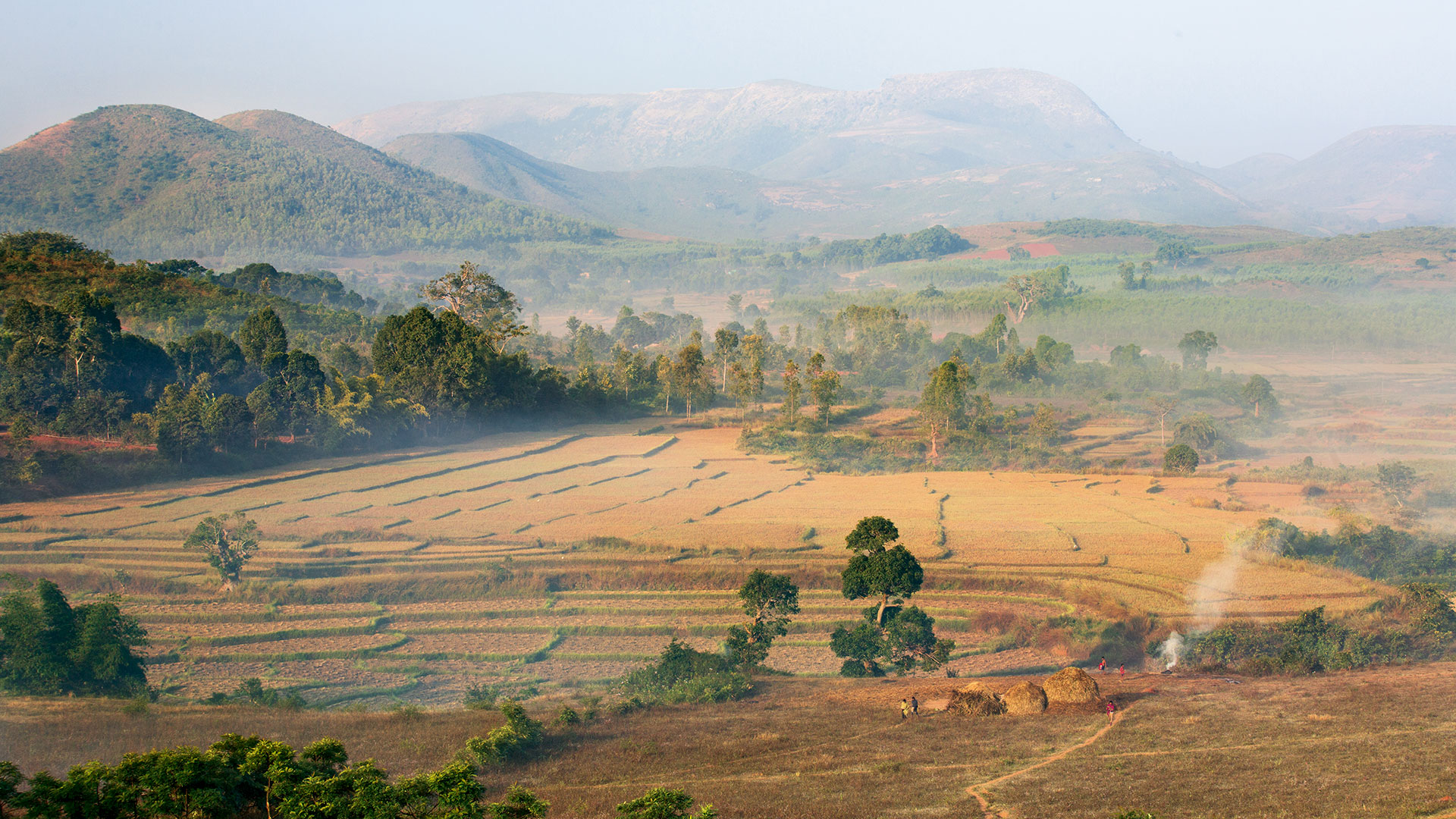“Jay Jagannath! Jay Jagannath!” A sea of people chants the sacred mantra while pulling on thick ropes hauling three massive, 14-meter-high wooden carts decorated in red and gold. The carts, loaded with dozens of priests, carry the statues of Jagannath, the Hindu lord of the universe, his brother Balabhadra and sister Subhadra.
There are almost no foreigners among the 700,000 visitors who have made the pilgrimage to Puri, this coastal city in India’s eastern state of Odisha, formerly Orissa — even though the Ratha Yatra, as the cart festival is called, is one of the larger and most colorful religious events in India.
Ken Ishikawa, a Japanese doctoral student who researches some of India’s ancient dynasties, is a rare exception. “I came to ‘see’ Jagannath in the sense ofdarshan,” he said, referring to the auspicious sighting of a deity or a holy person.
For non-Hindus, the festival is the only opportunity to see the triad of Hindu gods as they make their summer trip between temples. The rest of the year, the statues are located in Puri’s Jagannath temple, closed to non-Hindu communities. It is not just the arcane character of the event that accounts for the lack of foreign visitors. A combination of official restrictions and hostile weather have been big deterrents. July is an unforgiving time to visit Odisha. The waves rolling in from the Bay of Bengal are high, the monsoon is intense and it is scorching hot. Now, the easing of curbs at least opens the way for adventurous and hardy tourists.
For a while, in the 1980s and 1990s, Puri looked set to become an escape for hippies fed up with the commercialization of Goa on India’s west coast. But since then, visitor numbers have dwindled. The town remains popular with Japanese visitors who stay in a cluster of Japanese-owned guesthouses to the north of the city and take part in activities organized by the Japan Foundation, which focuses on inter-cultural programs. The trend is such that many of the locals have taken to calling all foreigners “Japanese”.
Today, Puri stands disfigured by a few hundred hastily-constructed concrete-box hotels for domestic tourists. For the past 10 years India’s burgeoning middle-class has been spending its disposable income here, taken camel rides on the beach and eaten the sacred food from the Jagannath temple. Beyond Puri, only Bhubaneshwar, the state capital, which offers temple ruins and museums, and Konark, home to the Sun temple, famed for its erotic carvings, attract regular visitors.
Pulak Mohanty and Claire Prest, who run Grass Routes Journeys, a high-end travel agency specializing in trips around Odisha state, bemoan the lack of official involvement.
The Odisha tourism department started a rural tourism program in the 1990s, but many of its properties have not been maintained, Mohanty said. “As a result, the state government recently announced it is looking to operate some panthikas, panthasalas and panthanivases (government-run accommodations), in public-private partnerships to save them from collapse,” he added.
Out in the countryside, there is almost no accommodation that meets international tourism standards.
Opening up
In May 2016, the state government decided that, after several years of intense conflict and crackdowns, Maoist activities were more or less under control, and proclaimed the end of restrictions.
Tour operators are now expecting a modest influx of visitors in the state’s tribal-dominated districts like Koraput, Rayagada and Kandhamal. But with their strong sense of having been exploited by various groups for centuries — by the colonial British, the Indian government, zealous missionaries, greedy mining companies and middlemen who cheat them in trade at local markets — the tribal communities view outsiders with suspicion.
Additionally, travel agents have to choose carefully where they work, as sporadic violence in Odisha’s south continues. In July, five tribal people were killed by police as they returned home from a market. State violence against the Naxalites has been reported in areas largely populated by Adivasi; sometimes, innocent bystanders have been caught in the crossfire.
Local initiatives
To help bridge the communication gap, the government recently launched a program to train students from tribal communities in south Odisha to become guides. Jitu Jakeskia, a young activist from the Dongria Kondh tribe who has been involved in protests against the mining industry, will be the first of his community to receive a guide license. “I want to show travelers around my villages. I want to tell them stories about the social and traditional values of my people.”
Among the most notable recent initiatives is the project by expat Leon Mahoney. With the help of YouTube video tutorials, the 62-year-old Australian built a lodge in the Koraput jungle, next to the pottery village of Goudaguda. Mahoney saw the potential for high-quality sustainable tourism on his first visit.
“After touring the south of India I happened on the southern highlands of Odisha and discovered it was a tribal-dominated area with a beauty and charm unlike anywhere else I had ever been, blissfully ignorant of the outside world.”
For the time being, Odisha will remain a beautiful insider tip for experienced globetrotters. Prest is not unhappy about this. “People who come to Odisha have already ticked off the Kerala backwaters and the Taj Mahal,” she said. “They want something off the beaten track. Odisha is for India-lovers who understand that everything is difficult here. There will never be any mass tourism in the state, but that’s fine with the locals.”
Read the Full ARticle from Nikeei Asia Magazine here

